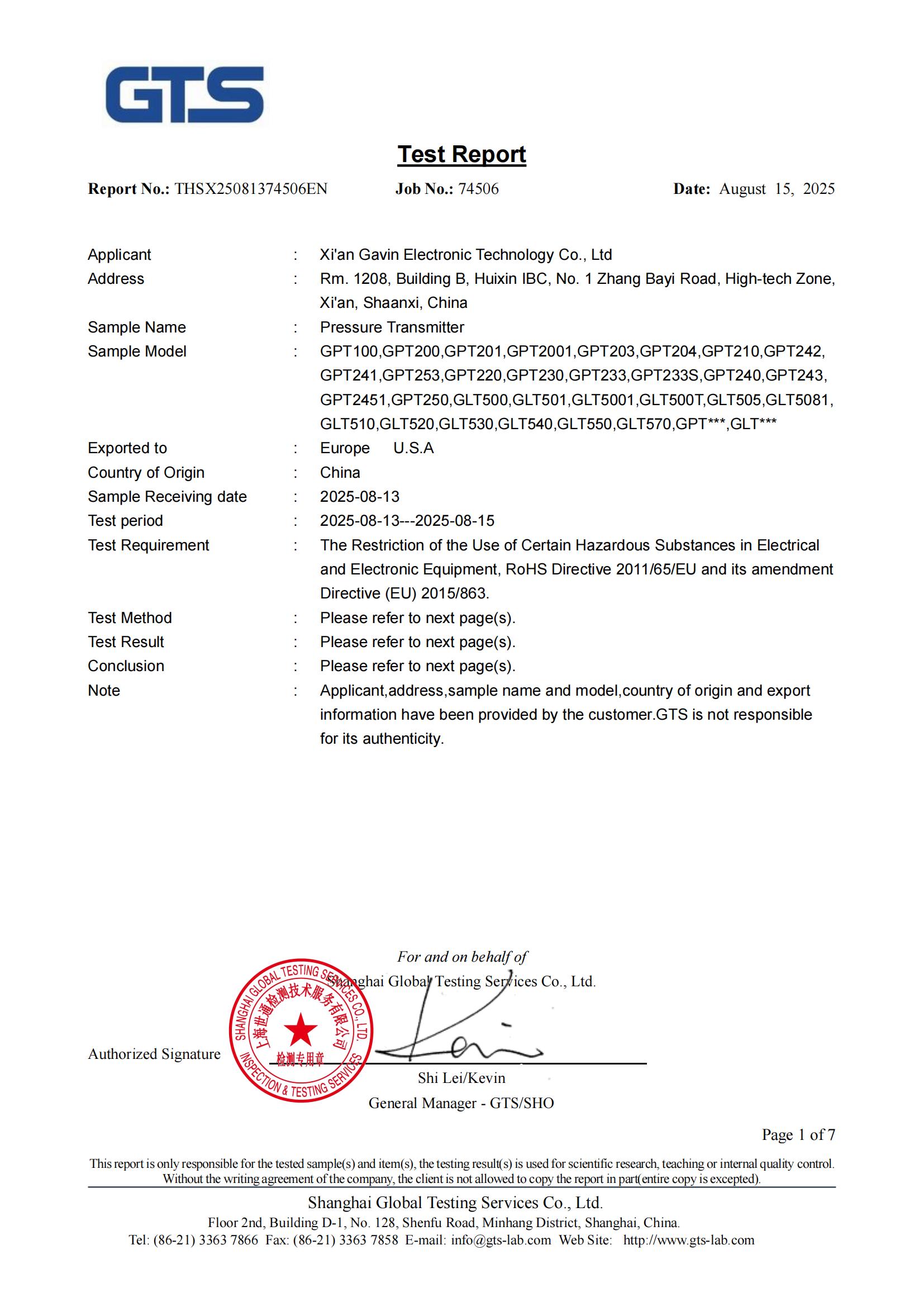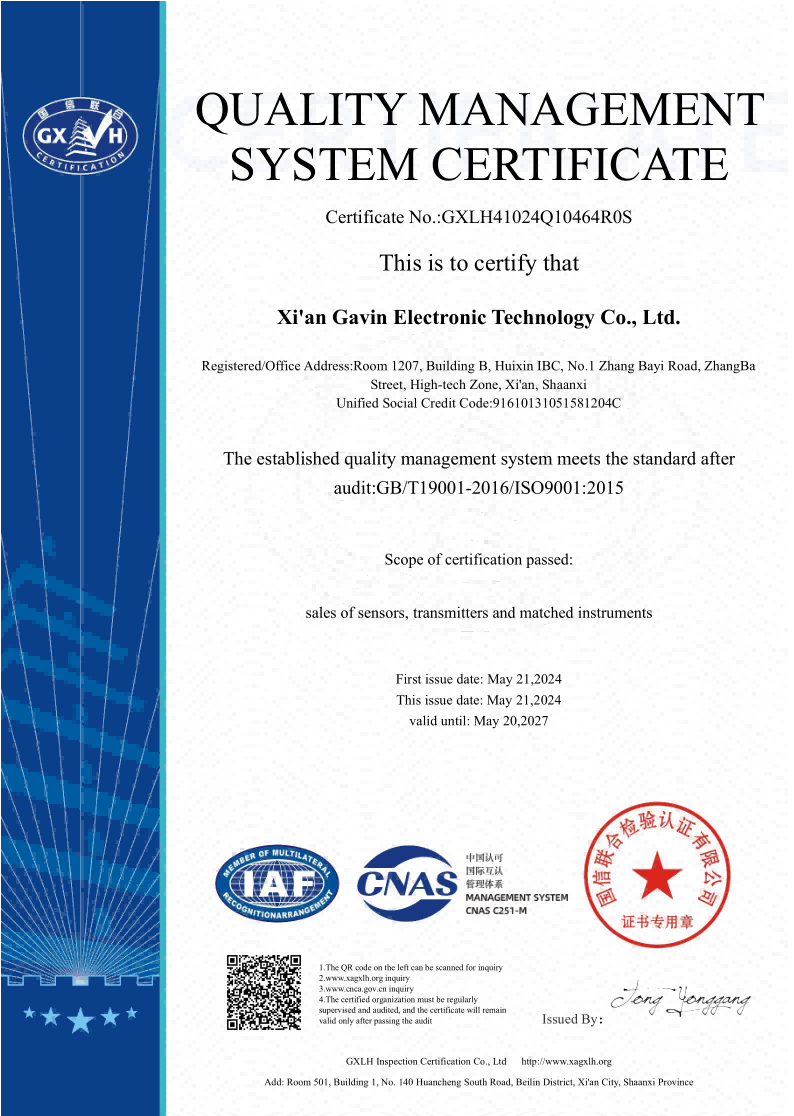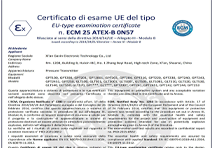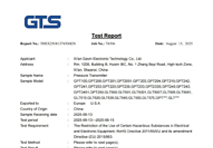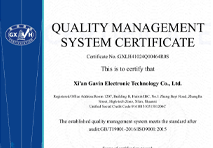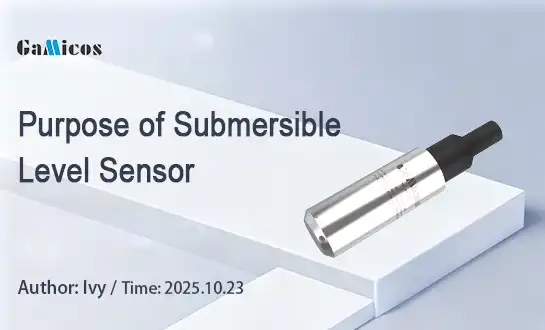Can a submersible level sensor measure liquid level in a closed tank?
Advantages of Using Submersible Level Sensors
A submersible level sensor can effectively measure liquid levels in closed tanks. These sensors are designed to operate in pressurized environments, making them suitable for sealed containers. However, for pressure-based models, a vent tube may be necessary to compensate for tank pressure. Alternatively, sealed gauge pressure sensors can be used. Submersible level sensors offer high accuracy and reliability, even in challenging closed-tank applications, by directly measuring the hydrostatic pressure of the liquid column.

Advantages of Using Submersible Level Sensors
Precision and Reliability in Closed Tank Environments
Submersible level sensors are highly effective for closed tank applications, thanks to their durable construction and advanced sensing technology. By directly measuring the hydrostatic pressure of the liquid column, these sensors deliver precise and reliable level readings, even under pressurized conditions.
Their robust design enables them to withstand challenging environments, including high pressure, temperature variations, and corrosive liquids, while maintaining consistent accuracy over extended periods. This resilience and stability make submersible level sensors an excellent solution for long-term monitoring in sealed tanks and containers. With minimal maintenance requirements and reliable performance, they ensure continuous, dependable data for process control, inventory management, and safety applications in industrial, commercial, and water treatment systems.
Versatility Across Various Industries
The adaptability of submersible level sensors makes them indispensable across a wide range of industries. Their robust design allows them to perform accurately in diverse applications, from chemical processing and water treatment to food and beverage production.
In the oil and gas industry, submersible level sensors are essential for monitoring fuel and liquid levels in closed storage tanks. Their ability to operate reliably in corrosive, volatile, or high-pressure environments ensures precise measurements under demanding conditions. This combination of versatility, durability, and accuracy allows industries to maintain efficient operations, optimize resource management, and enhance safety. Submersible level sensors provide a dependable solution for critical monitoring needs across even the most challenging industrial environments.
Cost-Effective Solution for Continuous Monitoring
Implementing a submersible level sensor system provides an efficient and cost-effective solution for continuous monitoring of liquid levels in closed tanks. These sensors deliver precise and reliable measurements over long periods, ensuring consistent data for process control, inventory management, and safety applications. Their advanced design allows them to operate accurately in pressurized or harsh environments, reducing the risk of errors associated with manual measurements.
In addition to accuracy, submersible level sensors require minimal maintenance, eliminating the need for frequent manual checks or replacement of less durable devices. This reliability translates into lower operational costs and enhanced efficiency across industrial processes. By streamlining monitoring, these sensors support optimized workflows and long-term operational sustainability.
Applications of Submersible Level Sensors in Tanks
Chemical Storage and Processing
In the chemical industry, submersible level sensors are essential for accurately monitoring and controlling liquid levels in closed storage tanks. Engineered to withstand corrosive chemicals and harsh conditions, these sensors maintain reliable performance even in pressurized environments, ensuring continuous, precise measurements.
By providing real-time data on chemical levels, submersible level sensors enhance safety, prevent overflows or shortages, and support efficient inventory management. Their accurate monitoring also enables precise process control, optimizing chemical reactions and production workflows. With minimal maintenance requirements and long-term reliability, these sensors are indispensable tools for chemical manufacturing facilities, helping to safeguard personnel, protect equipment, and maintain consistent operational efficiency across complex industrial operations.
Water and Wastewater Treatment
Water treatment plants depend on submersible level sensors to accurately monitor water levels throughout each stage of the treatment process. These sensors are installed in closed tanks holding raw water, treated water, and the chemicals essential for purification, providing reliable, real-time measurements.

Designed to resist fouling and operate effectively in turbid or challenging conditions, submersible level sensors ensure precise monitoring in wastewater and water treatment applications. Their durability and accuracy help maintain optimal treatment efficiency, prevent overflows or shortages, and support consistent chemical dosing. By combining robust performance with low maintenance requirements, these sensors are a critical component in modern water management systems, enhancing operational reliability and ensuring safe, efficient treatment processes.
Food and Beverage Production
In the food and beverage industry, submersible level sensors are essential for monitoring liquid ingredients and finished products in closed, sanitary tanks. These sensors are designed to meet strict hygiene standards and can withstand frequent cleaning and sterilization processes. By providing accurate level measurements, submersible level sensors help maintain product quality, ensure proper ingredient ratios, and optimize production efficiency in beverage mixing and food processing applications.
Ensuring Accurate Measurements with Submersible Level Sensors
Proper Installation and Calibration Techniques
To ensure a submersible level sensor performs optimally in a closed tank, proper installation and setup are essential. The sensor should be firmly mounted at the bottom of the tank, guaranteeing full submersion in the liquid. For pressure-based models, a vent tube must be correctly installed to balance atmospheric pressure and provide accurate readings. Proper positioning and secure installation are critical for consistent, reliable measurement over time.
Equally important is regular calibration, performed according to the manufacturer’s guidelines. Routine calibration maintains the sensor’s accuracy, especially in applications where liquid properties or environmental conditions may change. By combining correct installation with periodic calibration, submersible level sensors can deliver long-term precision and dependable performance in a wide range of closed tank applications.
Addressing Common Challenges in Closed Tank Measurements
Although submersible level sensors are highly reliable, they can encounter challenges in closed tank environments. Factors such as temperature fluctuations, pressure variations, and liquid turbulence may impact measurement accuracy. Addressing these conditions is essential for maintaining precise readings and consistent system performance.
To overcome these challenges, temperature-compensated sensors can be used to minimize the effects of thermal changes on measurement accuracy. Installing baffles in the tank can reduce turbulence and stabilize liquid movement. In tanks with variable pressure, choosing a submersible level sensor with built-in pressure compensation or pairing it with a separate pressure sensor ensures reliable readings. These measures help maintain precise, dependable level monitoring under diverse and dynamic tank conditions.
Maintenance and Troubleshooting Best Practices
Regular maintenance is key to ensuring the longevity and accuracy of submersible level sensors in closed tanks. Periodic inspections should check for signs of wear, corrosion, or buildup that could affect performance. Cleaning the sensor according to manufacturer guidelines is crucial, taking care not to damage sensitive components.
When troubleshooting, examine potential issues such as clogged vent tubes, loose electrical connections, or damaged cables. Establishing a preventive maintenance schedule helps identify and address problems before they impact operation. Prompt attention to any anomalies ensures that the sensor continues to provide reliable, precise measurements. Consistent care and monitoring maintain the performance, safety, and efficiency of submersible level sensor systems over the long term.
Conclusion
In conclusion, submersible level sensors are indeed capable of measuring liquid levels in closed tanks with high accuracy and reliability. Their versatility, durability, and ability to function in pressurized environments make them an excellent choice for various industrial applications. By understanding the advantages, applications, and best practices for using submersible level sensors, industries can optimize their processes, improve safety, and enhance operational efficiency in closed tank monitoring systems.
Unlock Precision Liquid Level Measurement with GAMICOS Submersible Sensors
GAMICOS leads the industry in innovative submersible level sensor technology, offering unparalleled accuracy for closed tank applications. Our sensors feature advanced corrosion-resistant materials and programmable circuits, ensuring reliable performance in harsh environments. With extensive experience serving global markets, GAMICOS provides customized solutions to meet specific industry needs. For expert guidance on selecting the perfect submersible level sensor for your closed tank system, contact our professional team at info@gamicos.com. Trust GAMICOS for precision, durability, and exceptional after-sales support.
References
1. Johnson, A. R. (2021). Advanced Techniques in Industrial Level Measurement. Journal of Process Control Engineering, 45(3), 217-230.
2. Smith, L. K., & Brown, T. H. (2020). Submersible Sensors: Applications in Closed Tank Environments. Industrial Automation Quarterly, 18(2), 89-102.
3. Chen, Y., & Davis, R. M. (2019). Comparative Analysis of Level Sensing Technologies for Pressurized Vessels. Sensors and Actuators: B. Chemical, 290, 321-335.
4. Thompson, E. L. (2022). Best Practices for Calibration and Maintenance of Submersible Level Sensors. Instrumentation and Measurement Magazine, 25(4), 42-48.
5. Wilson, G. P., & Rodriguez, S. A. (2020). Innovations in Liquid Level Monitoring for Chemical Processing Industries. Chemical Engineering Progress, 116(8), 38-45.

Spring
Spring, With 5 years of experience in sensor technology and product development, Mark specializes in helping clients identify the optimal pressure and level sensor solutions for demanding industrial environments。
We're here to help — submit your request anytime!
Let us know how we can help solve your pressure level measurement challenge.
Recommended Blog
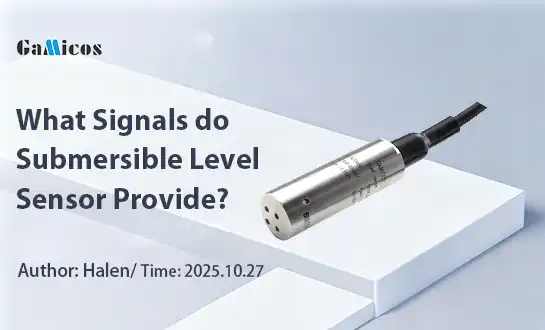
What output signals do submersible level sensors typically provide?

What output signals do submersible level sensors typically provide?
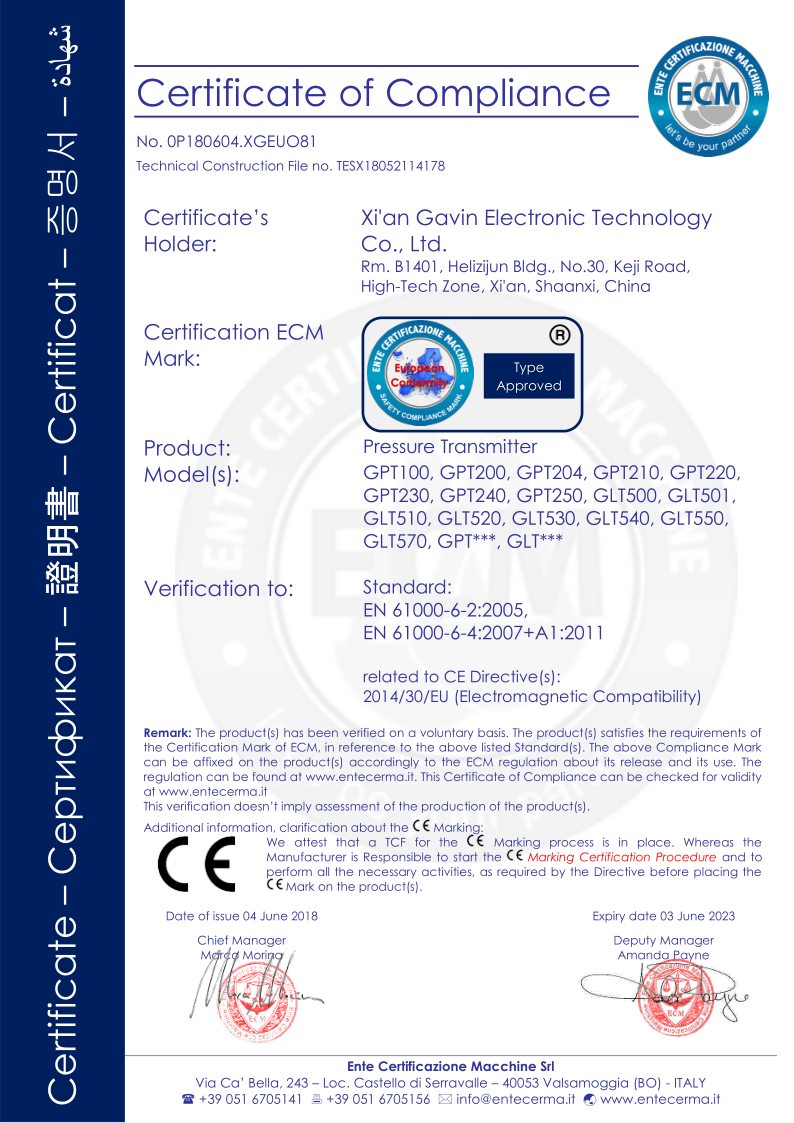
_1757930850792.jpg)
